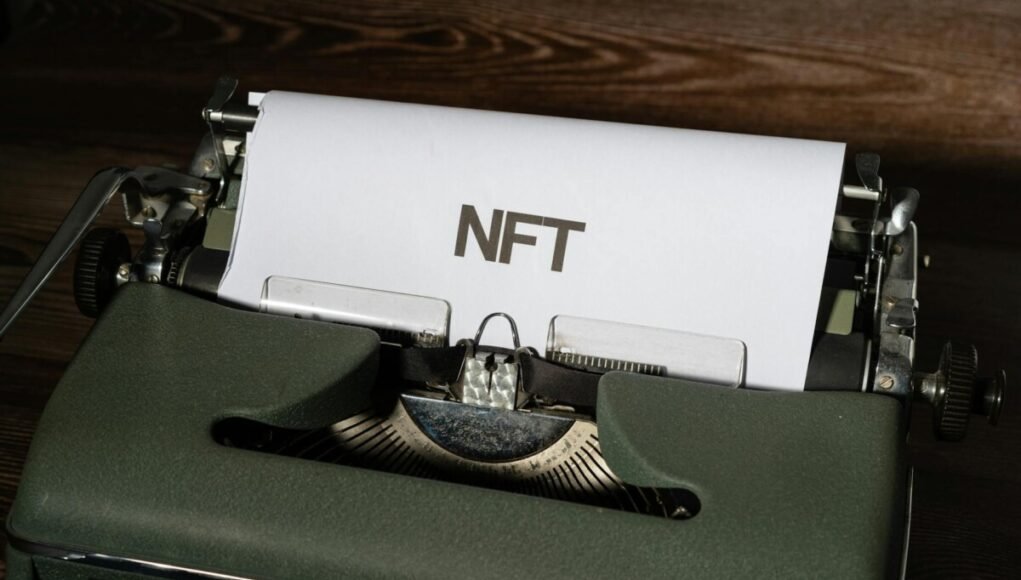The art world is undergoing a profound transformation driven by the rise of digital technology. From the emergence of digital artforms to the disruptive potential of blockchain-powered non-fungible tokens (NFTs), the virtual art market promises to reshape how art is created, shared and collected. This article explores the evolution and impact of digital art, demystifies the fledgling virtual art market, and provides guidance on navigating the NFT revolution.
The Evolution and Impact of Digital Art
Digital art refers to artistic works that leverage digital technology in their production, distribution or display. From pixel art and computer-generated imagery to interactive installations and virtual reality, digital art encompasses a diverse range of genres and forms. While digital art has its origins in the 1950s, it has grown exponentially with the advancement of technology.
The past decade has seen an explosion of interest in digital art, as creators harness sophisticated tools to generate stunning algorithmic designs, 3D sculptures and immersive environments. The ability to create intricate and complex designs rapidly through code has given rise to new art movements like generative art. Generative art leverages algorithms and automation to create unique visuals, music and poetry.
Meanwhile, the emergence of virtual and augmented reality has opened new frontiers for interactive, multi-sensory digital art experiences. Digital artists are pushing the boundaries of traditional art forms and disrupting established notions of ownership and authenticity.
As digital art permeates the mainstream cultural landscape, it is blurring the lines between physical and virtual creations. Digital reproductions and NFT versions of famous artworks are fetching astronomical prices at auctions. This signals a shift in the perceived value of originality versus accessibility enabled by digital technology.
Demystifying the Virtual Art Market
The explosive growth of digital art has given rise to a thriving virtual art market where creators showcase and auction their works. The virtual art market refers to the ecosystem of online marketplaces, galleries and auction houses dealing with digital artworks and collectibles.
NFTs (non-fungible tokens) are transforming the virtual art market by introducing scarcity, ownership and authenticity for otherwise reproducible digital artworks. An NFT is a blockchain-based certificate of ownership and authenticity for digital art, collectibles or any virtual asset.
NFT platforms like SuperRare, Nifty Gateway and OpenSea provide marketplaces for buying, selling and trading digital artworks and collectibles as NFTs. Crypto art leverages NFT technology to sell digital art, enabling artists to monetize their work. In March 2021, the artist Beeple sold an NFT collage for $69 million at Christie’s auction house, sparking mainstream interest in crypto art.
The novel dynamics of the virtual art world solve some key challenges while introducing new ones. For instance, NFTs enable transparent proof of ownership and provenance for digital artworks. However, the unregulated nature of the market creates risks like copyright infringement, fraud and money laundering. Rapidly fluctuating valuations and speculation also lead to questions around the underlying value of crypto art.
Navigating the NFT Art Marketplace
For art aficionados and new collectors looking to dive into the world of NFTs, here are some tips on navigating the fledgling virtual art market:
Select Reputable Marketplaces
Top marketplaces like OpenSea, SuperRare and Nifty Gateway have strict art submission criteria and due diligence processes. Focus on these regulated, trusted platforms when buying your first NFTs.
Research the Artwork and Artist
As with physical art, research the artist’s background, previous works, reputation and sales. Also evaluate the artwork’s attributes like scarcity, visual appeal and demand within the NFT community.
Use Crypto Wallets
You’ll need a crypto wallet like MetaMask that supports Ethereum-based transactions in order to purchase NFTs. Make sure to follow security best practices with your wallet.
Look for Fair Pricing
Consider the current fair market value of comparable NFT artworks when evaluating listings. Be wary of prices that seem inflated or undervalued.
Manage Your NFTs
Once purchased, your NFT art is stored in your crypto wallet. Be sure to back up your wallet and keep it secure. Some marketplaces also let you view and manage your NFT collection.
Understand Legal Implications
While NFTs establish ownership of the underlying artwork, the artist usually retains copyright. Be clear on the usage rights associated with the NFT before purchasing.
Consider Environmental Impact
The energy-intensive process of creating and transferring NFTs has raised environmental concerns. Opt for marketplaces that use more energy-efficient blockchains like Tezos over Ethereum.
The Transformative Potential of Blockchain Art
NFTs built on blockchain technology present an opportunity to transform the art industry by solving issues around provenance, scarcity and royalty payments in the digital realm. By encoding artwork metadata like ownership history on a blockchain, NFTs create a permanent, unalterable record of the provenance and authenticity of a piece. This helps tackle forgery and theft which have plagued the traditional art world.
Smart contracts encoded into NFTs can also automate royalty payments to artists when their works are sold or licensed. This streamlines revenue flows for artists and fairly compensates them for secondary sales.
Furthermore, blockchain-based platforms are emerging where artists can showcase and auction their works without intermediaries. This disintermediation promises to help digital artists independently monetize their art and connect directly with collectors.
By expanding access and transparency, NFTs and blockchain technology could democratize the art world and enable new models of patronage. However, scaling sustainability and addressing regulatory gaps remain key challenges on the road ahead.
The Future of Art is Digital
As virtual worlds increasingly mirror our physical experience, digital art is poised to become a dominant cultural and financial force. The NFT revolution has opened the floodgates to a reimagination of how art is created, valued and owned. Powered by blockchain technology, digital art and collectibles are transforming the art market as we know it.
However, these nascent technologies come with risks and pitfalls alongside their democratizing potential. For collectors and artists, an open mindset to experimentation alongside careful research and diligence will be key to navigating this new paradigm. The rules of the art world are being rewritten in real-time, and it will be fascinating to witness the impact of these digital disruptions in the years to come.
































